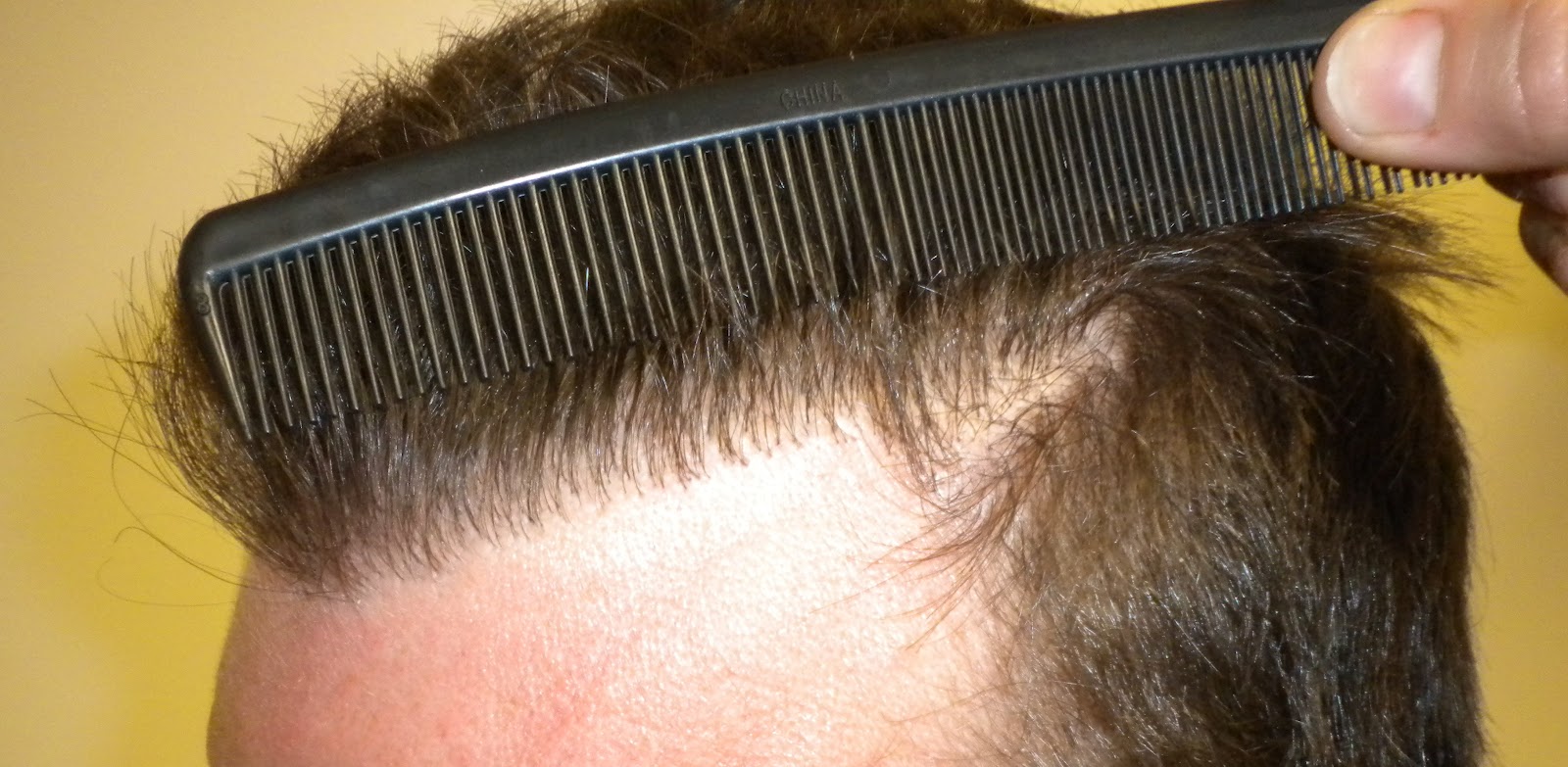Can hair transplants last a lifetime? we try to answer this question in this article
How to Improve Hair Donor Area for Hair Transplants
We look at some strategies to help you improve donor hair potential before having a hair transplant.
Can a Hair Transplant Remove Grey Hair?
We discuss how hair turns grey and the role of a hair transplant into potentially changing from grey to it’s original colour
How to get a natural-looking hair transplant? [in 2021]
We explain how to make your hair transplants as natural as possible.
Can Hair Transplants Come from Another Person?
Is it possible to get a hair transplant donated from another person? we attempt to answer this intriguing question in this article.





